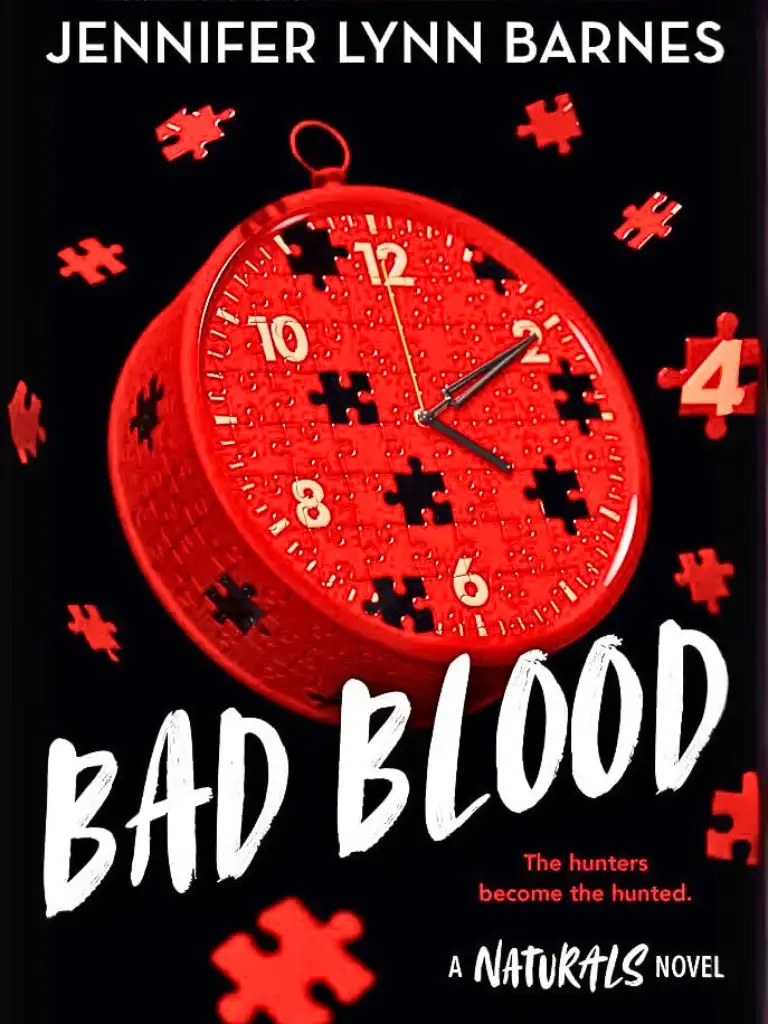While Sam had been recovering through the winter, spring, and part of the summer, Sadie, and her core group of programmers, built Oneiric, the engine that would power Both Sides’ mechanics and graphics.
Oneiric would become known for its innovative volumetric lighting techniques, which allowed for particularly haunting fogs, subtle clouds, and God rays. The graphical innovations were necessary because Myre Landing, the fantasy world of Both Sides, is covered in fog, until the very end of the game. As one reviewer would put it, “The weather in Myre Landing is truly a character.” Sadie had been amused by that review: clever reviewers across all media liked to refer to things that were not characters as characters. But, in her initial design document, she had ambitiously written the same thing: “The weather in Myre Landing must feel like a character.”
Sadie was proud of Oneiric. She was proud that she had been able to accomplish that which she hadn’t been able to accomplish five years earlier. She called Dov for the first time in months.
“I did it,” she said.
“It feels fucking good, doesn’t it?” Dov said. “It does,” she admitted.
“I told you it would,” Dov said. “You don’t need Ulysses anymore. It’s ancient now anyway.”
“Hey, I was playing Dead Sea a couple of months ago, and I wondered, how’d you get those reflections in the blood?”
“Oh, that? It was ridiculous.”
“In 1993, it was insane,” Sadie said.
“I probably wouldn’t do that today.” He described his technique, a jury- rigged variation on adaptive tile refresh. “I burnt out a lot of graphics cards and processors, getting that going.”
“Still looks good, though,” Sadie said.
“I was thinking of coming out to L.A. in a couple of weeks. Some director wants to jerk me off about a movie version of Dead Sea. Will you be around?”
“I’m really busy,” she said. “Also, well…I’ve got a boyfriend now.” “Who is this guy?”
“He’s in a band,” Sadie said, apologetically. “Would I have heard of this band?” “They’re called Failure to Communicate.”
“Failure to Communicate,” Dov repeated. “He sounds fucking awful.” “He’s great,” Sadie said.
“I didn’t mean I’d need to stay with you. But I would like to see the work,” Dov said. “You’re my most accomplished student. I brag about you constantly.”
“Stop by the office,” Sadie said. “I’m always here.”
Sam had not been around for almost any of the work on the engines, and when she showed him Oneiric, he seemed bored and unimpressed. “Cool,” he said. “These are going to work really well.” Sadie had killed herself building Oneiric, and she was irritated by his muted reaction.
Sam had originally said he would be back to work in March, but he had not returned full-time until May, and even then, he was, Sadie felt, half there. Sam would arrive at 7 a.m., to beat traffic, and usually he was gone by 4 p.m., to beat the other side of traffic. Sadie kept crunch hours—she worked from 9 a.m. to 1 a.m. or often even later. Some days, Sam would not come in at all. He was always late, always in the car, always on his way. Sadie discussed Sam’s attendance with Marx, and Marx speculated that Sam was still struggling with his recovery, though he didn’t know for sure
—Sam never spoke of it to either of them.
“The difficulty is,” Sadie said, “I can’t wait for him to make decisions.
It goes too slowly with him out of the office as much as he is.”
Marx was the one who suggested that the work should be divided so that Sam could lead the team that built the simpler Mapletown “real world” side of the game and Sadie could run the Myre Landing “fantasy” side— that way, Sadie wouldn’t be slowed down by waiting to confer with Sam. The Myre Landing sequences were more complicated in every way—and Sadie felt resentful that once again, she would have the greater portion of work and the same amount of credit. But it was what made sense for the game and for Sam, so she agreed to it.








